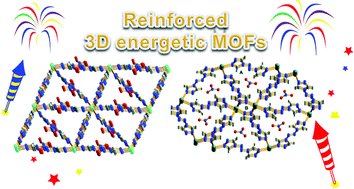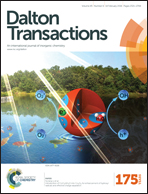3D Nitrogen-rich metal–organic frameworks: opportunities for safer energetics
Abstract
Metal–organic frameworks, particularly those coordinated with nitrogen-rich ligands, are extremely versatile materials. Here the structural factors and performances of 1D and 2D energetic MOFs are compared briefly with those of 3D species. Advantages of hydrothermal in situ synthesis, properties of azole-based ligands, and choices of environmentally friendly metal ions for 3D energetic MOFs are also explored.


 Please wait while we load your content...
Please wait while we load your content...